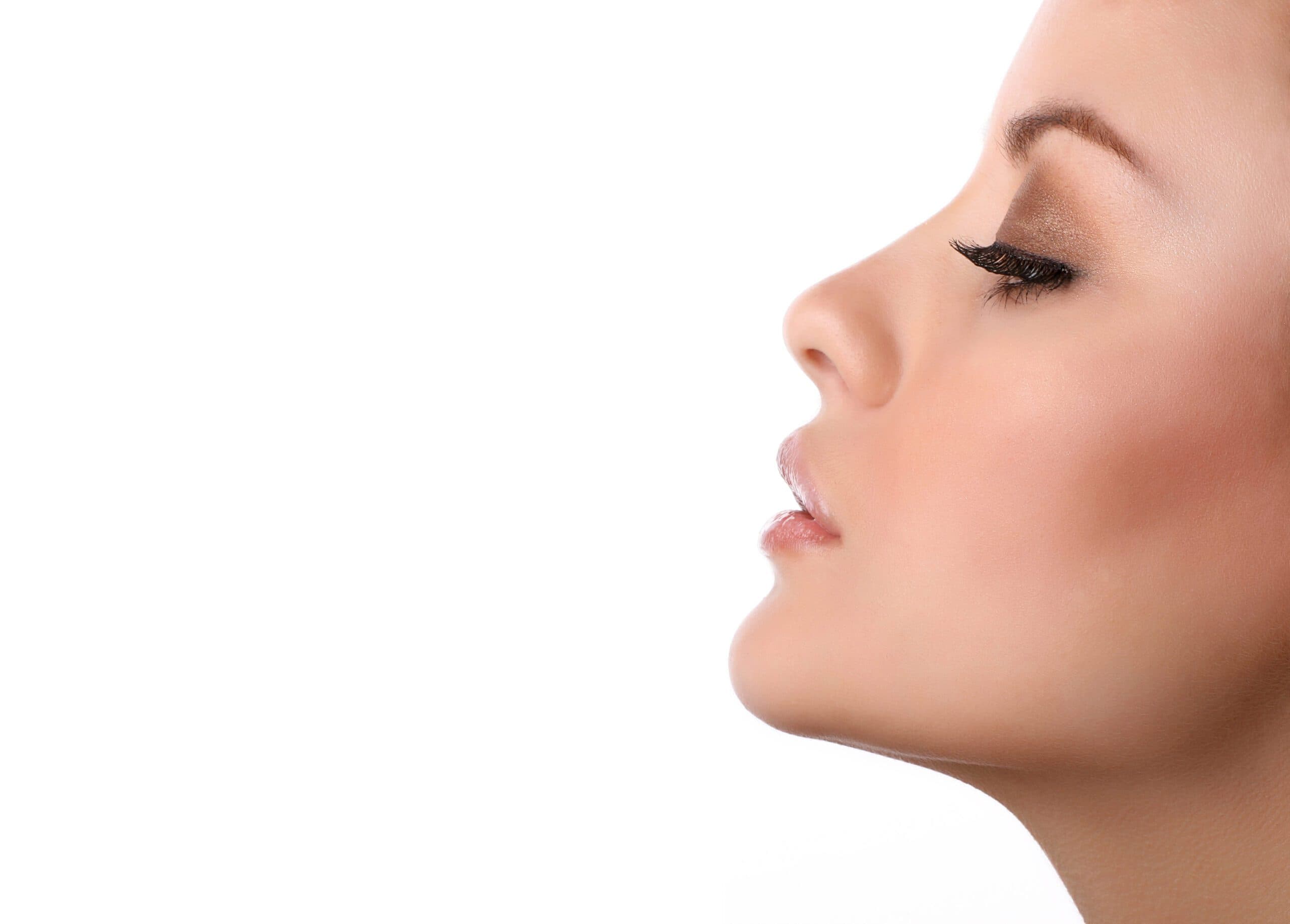Rhinoplasty, commonly known as a nose job, is a popular cosmetic surgery procedure that aims to reshape the nose for aesthetic or functional reasons. While it can significantly improve facial harmony and boost self-confidence, it's crucial to understand the potential risks of rhinoplasty before making a decision.
Considering the Risks of Rhinoplasty
Just like any surgery, rhinoplasty carries inherent risks. A board-certified plastic surgeon will thoroughly discuss these risks of rhinoplasty with you during your consultation. While some complications are minor and temporary, others can be more serious and require additional procedures. Understanding these risks of rhinoplasty allows you to make an informed decision about whether this procedure is right for you.
Common Side Effects of Rhinoplasty

The majority of patients experience the side effects of rhinoplasty following surgery. These side effects are typically temporary and subside within a few weeks. Here's a look at some of the most common side effects of rhinoplasty:
Swelling and Bruising: Swelling and bruising around the nose and eyes are common after rhinoplasty. The severity and duration can vary depending on the extent of the surgery. Cold compresses applied to the area can help reduce swelling.
Bleeding: Minor nosebleeds are common for a few days following rhinoplasty. Your surgeon will provide instructions on how to manage this complication of rhinoplasty.
Numbness: Temporary numbness in and around the nose is a common side effect of rhinoplasty. This usually resolves within a few weeks or months as the nerves regenerate.
Difficulty Breathing: Temporary difficulty breathing through the nose is common after rhinoplasty due to swelling. Breathing should improve as the swelling subsides.
Potential Complications of Rhinoplasty

While uncommon, more serious complications of rhinoplasty can occur. These complications may require additional surgery to correct. Here are some of the potential complications of rhinoplasty to be aware of:
Infection: As with any surgery, there's a risk of infection following rhinoplasty. This is why following your surgeon's post-operative instructions carefully is crucial.
Septal Perforation: A hole can develop in the septum, the wall separating the nostrils, leading to difficulty breathing and whistling sounds. Septal perforation may require additional surgery to repair.
Breathing Problems: Rhinoplasty can sometimes alter the nasal structures, leading to persistent breathing difficulties. Open rhinoplasty, where an external incision is made on the columella (the strip of tissue between the nostrils), carries a higher risk of breathing problems than closed rhinoplasty.
Asymmetry: While the goal is to achieve a symmetrical nose, there's a possibility of minor asymmetry following rhinoplasty. Revision surgery may be necessary to correct noticeable asymmetry.
Scarring: Scarring can occur after any surgery, and rhinoplasty is no exception. The type of incision and your healing process will influence the extent of scarring. In most cases, scars fade significantly over time.
The Importance of Choosing a Qualified Surgeon
The most effective way to minimize the risks of rhinoplasty is to choose a board-certified plastic surgeon with extensive experience in rhinoplasty. A qualified surgeon will have a thorough understanding of nasal anatomy and possess the skills necessary to perform the procedure safely and effectively.
During your consultation, discuss your desired outcome, medical history, and any questions or concerns you may have about the risks of rhinoplasty and a potential complication of rhinoplasty. A reputable surgeon will provide you with a realistic picture of what to expect and ensure you understand the side effect of rhinoplasty.
Long-Term Considerations and Managing Expectations
While many side effects of rhinoplasty resolve within weeks or months, some patients may experience persistent numbness or minor asymmetry. It's crucial to choose a surgeon who you feel comfortable with and who can address your long-term expectations. Open communication throughout the consultation and recovery process is essential for a successful rhinoplasty experience. Additionally, rhinoplasty is not a one-size-fits-all procedure. A skilled surgeon will consider your unique facial features, ethnicity, and skin type to create a natural-looking and balanced nose that complements your overall appearance.
Conclusion
Rhinoplasty can be a transformative procedure that improves facial aesthetics and self-confidence. However, it's important to weigh the potential risks of rhinoplasty against the benefits. By understanding the potential side effects of rhinoplasty and complications of rhinoplasty, you can make an informed decision about whether this procedure is right for you. Choosing a board-certified plastic surgeon with a proven track record in rhinoplasty is essential to minimize risks and achieve the best possible outcome.
Read more: